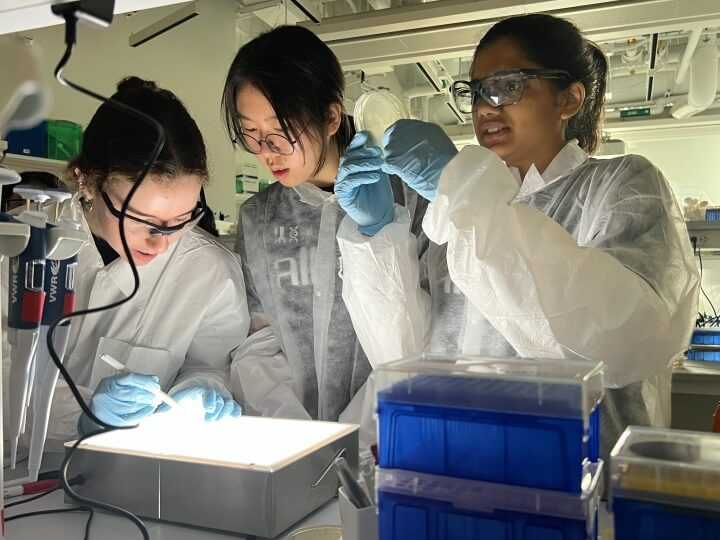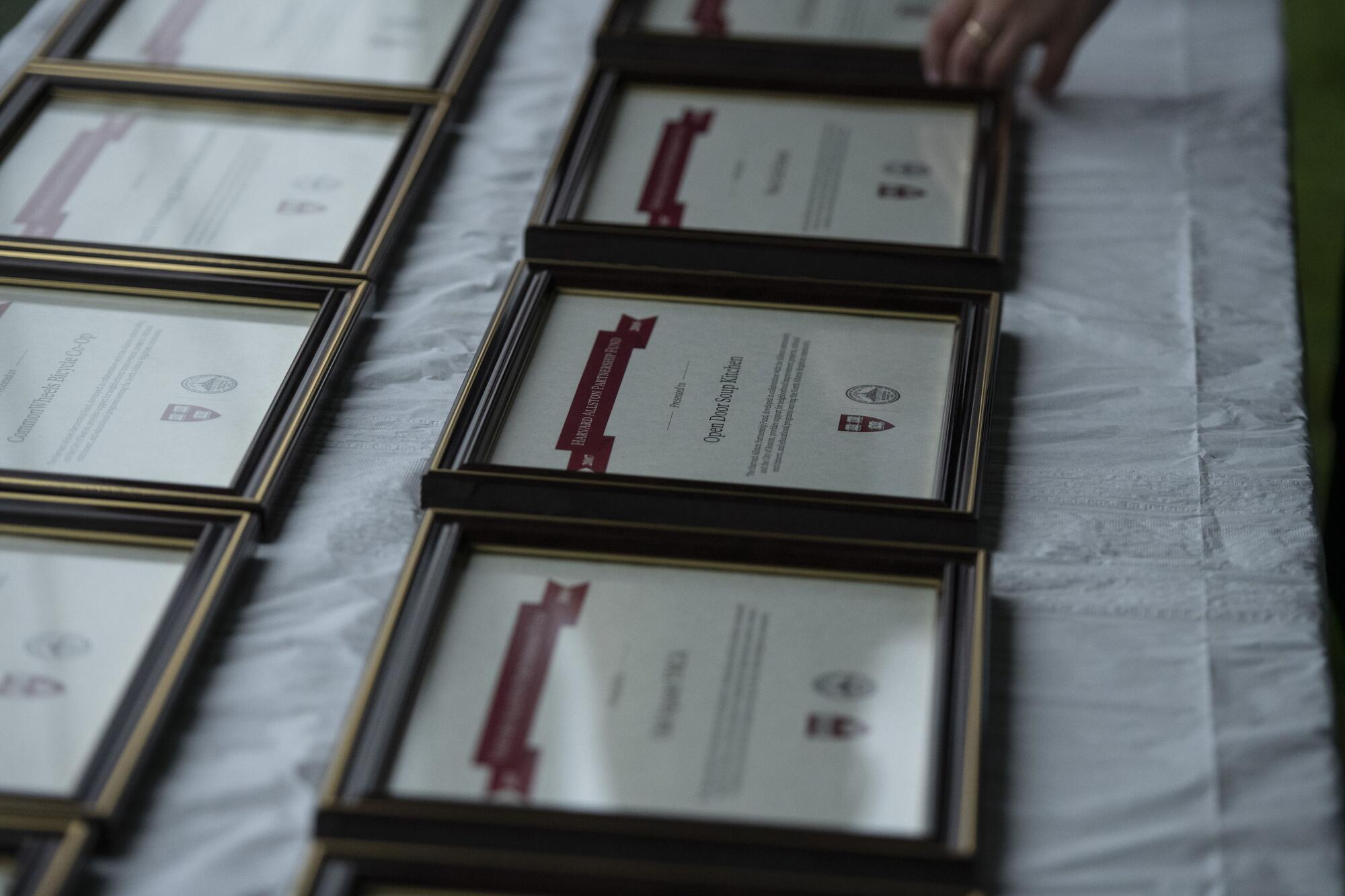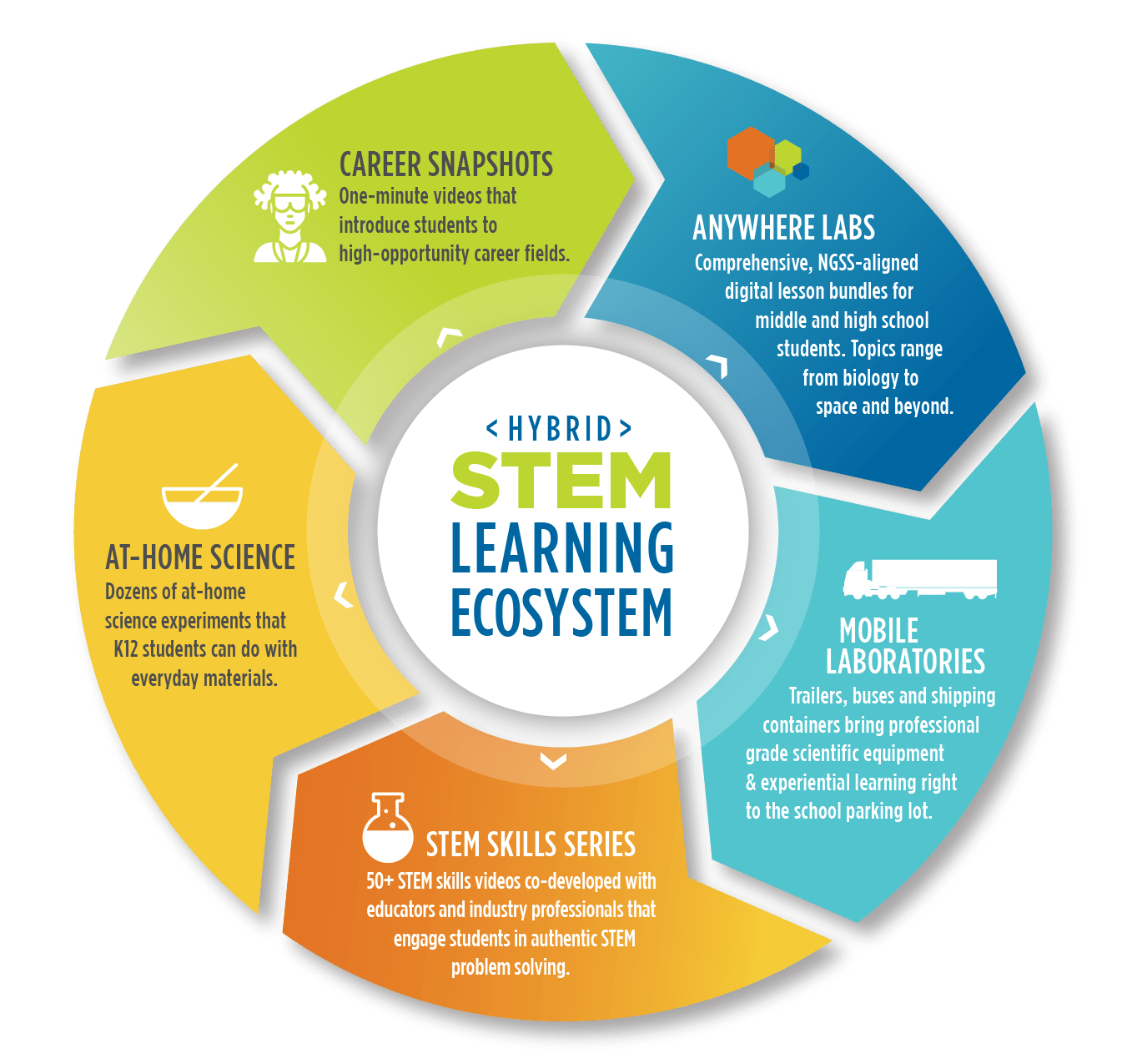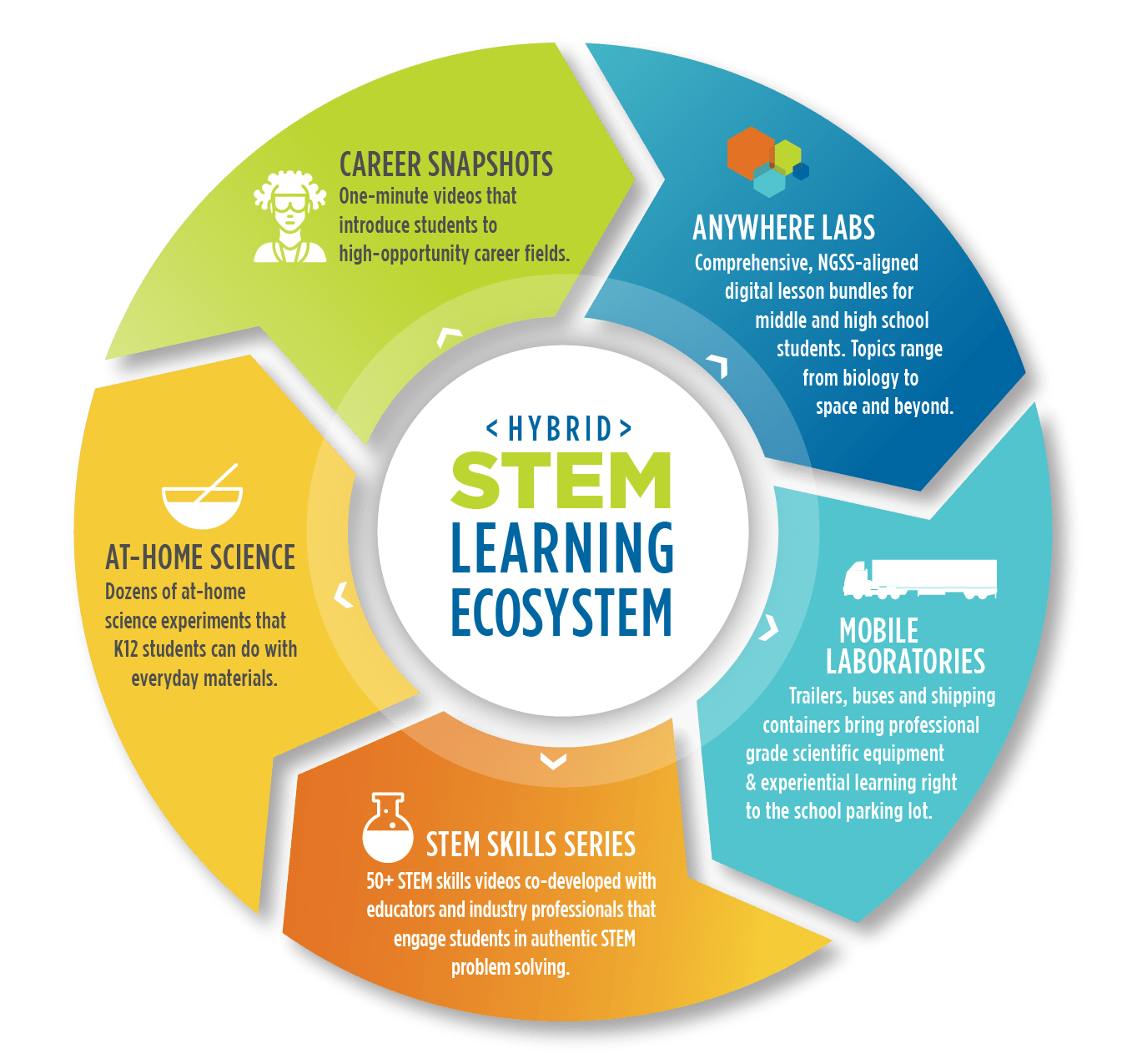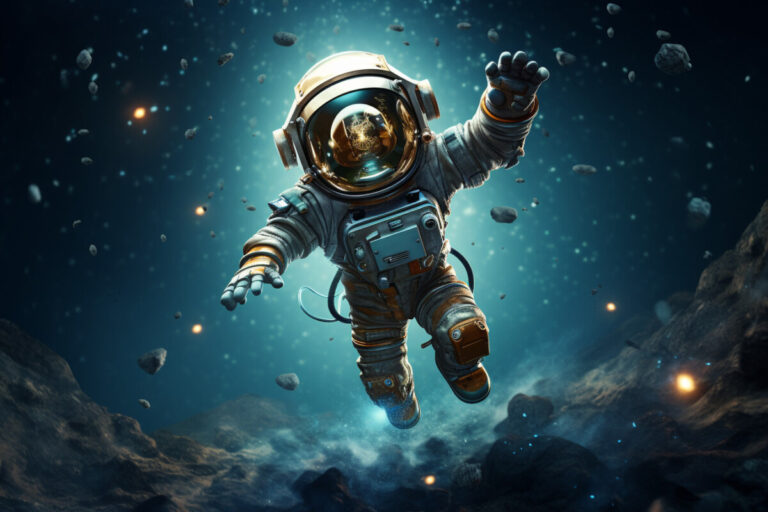
Astronomy AI is revolutionizing the way we explore the cosmos, merging advanced artificial intelligence with the fascinating field of astronomy. During the recent Mass STEM Week, Harvard Professor Alyssa Goodman delivered an inspiring keynote that highlighted the potential of this technological integration, emphasizing its role in shaping future astrophysics careers. The event, hosted by the Center for Astrophysics, served as a platform to encourage high school students to engage with STEM education and explore innovative paths in science and technology. Through partnerships like the Harvard-MIT Science Research Mentoring Program, young minds are given hands-on experiences, guided by experienced astrophysicists like Goodman. Such initiatives not only spark enthusiasm for the universe’s mysteries but also prepare the next generation for careers that will increasingly rely on intelligent systems and data-driven discoveries in the world of astronomy.
In the realm of cosmic studies, Astronomy AI signifies the pioneering fusion of machine learning techniques and the exploration of celestial phenomena. This cutting-edge approach was underscored during a recent event celebrating Mass STEM Week at Harvard, where noted astrophysicist Alyssa Goodman spoke about the transformative impact of technology on space research and education. By utilizing artificial intelligence, aspiring scientists are afforded opportunities to delve deeper into astrophysics, building their careers on a foundation of innovation and mentorship. Within this initiative, the Harvard-MIT Science Research Mentoring Program exemplifies how strategic partnerships can enhance STEM education and connect youth with the tools to investigate the universe’s grand complexities. As awareness of the potential for careers in science, technology, engineering, and math grows, students are inspired to pursue their passions with exciting new technologies at their fingertips.
The Importance of STEM Education in Youth Development
STEM education is pivotal for prioritizing scientific understanding and cultivating future innovators in our rapidly evolving world. With initiatives like Mass STEM Week, discussions often highlight how essential these subjects—Science, Technology, Engineering, and Mathematics—are in preparing the next generation for careers in fields such as astrophysics. Educational programs, especially at the high school level, strive to spark interest in these critical areas, showcasing the endless possibilities for students willing to engage in these disciplines.
Moreover, programs such as the Harvard-MIT Science Research Mentoring Program offer high school students a unique opportunity to delve into real research projects, fostering an early passion for STEM careers. With proper guidance and mentorship, students can explore the depth of subjects like astrophysics, bridging the gap between education and practical application. The mentorship aspect is crucial, as it helps students understand the intricate connections between academic knowledge and real-world innovation, setting them on pathways toward fulfilling careers.
Alyssa Goodman’s Impact on Astronomy and Education
Alyssa Goodman, a prominent figure in contemporary astrophysics, not only contributes to the field through her research but also inspires future generations through her educational outreach. During her keynote address, ‘Astronomy: From Aristotle to AI,’ she emphasized the evolution of astronomical practices and the potential of integrating artificial intelligence into research. Goodman highlighted her formative experiences at institutions such as the Hayden Planetarium, reinforcing the idea that passion for science often starts from childhood inspiration and exploration.
Goodman’s role extends beyond her lectures; she actively participates in mentorship programs, fostering an environment where students can engage with astronomy hands-on. By working with the Harvard-MIT Science Research Mentoring Program, she connects young minds with the universe, unveiling the wonders of cosmic discovery. Most significantly, her enthusiasm for astronomy resonates with students, nurturing their aspirations and helping them envision careers in STEM fields, including astrophysics.
Leveraging AI in Modern Astronomy
The integration of artificial intelligence within astronomy marks a transformative step in the field, enabling researchers to uncover insights from vast data sets traditionally beyond human capacity. As discussed in Alyssa Goodman’s address, AI presents unparalleled opportunities for developing advanced 3D imaging maps of celestial bodies, significantly enhancing our understanding of the universe. This emerging technology facilitates not just exploration but also the discovery process, turning astronomical research into a more efficient and engaging endeavor.
Furthermore, as society pushes toward a more AI-driven future, STEM education is evolving to include these technologies, preparing students for careers that incorporate AI within their daily functions. Programs highlighted during Mass STEM Week emphasize the relevance of AI in science, steering students toward careers in astrophysics and related areas by equipping them with the necessary skills. As researchers and educators collaborate, they create pathways that both challenge and prepare the future workforce to navigate an AI-centric reality.
Connecting School Programs with Career Opportunities in STEM
Collaboration between educational institutions and industries is vital for preparing students for careers in STEM fields. Events like those held during Mass STEM Week serve as platforms to show students the vast opportunities available within the realms of science, technology, engineering, and mathematics. Such initiatives also allow students to meet industry leaders and researchers, making theoretical concepts more tangible and relevant.
Moreover, the Harvard-MIT Science Research Mentoring Program exemplifies how establishing mentorship connections can bridge the gap between education and real-world applications. By engaging with experienced professionals, students gain firsthand experiences that align classroom learning with career aspirations. Such programs reinforce the importance of STEM, highlighting the critical skills necessary for innovation and growth in Massachusetts’ economy.
Celebrating Women in Astrophysics
Acknowledging the contributions of women in astrophysics is essential for fostering an inclusive future within STEM fields. Events like ‘Astronomy Is for All of Us’ not only celebrate historical achievements of women but also inspire new generations to engage with science. By featuring exhibits of women who served as pioneering astronomical computers, the program highlights the critical roles women have played in advancing our understanding of the cosmos.
Stories of female astronomers empower young girls to pursue careers traditionally dominated by men, illustrating that passion and talent can defy societal norms. As the field of astrophysics continues to evolve, initiatives celebrating women’s contributions promote a diverse environment that fuels innovation and creativity, essential for solving the complex challenges in space research and technology.
Engaging Community Through Public Lectures
Public lectures and events, such as those held by the Center for Astrophysics, play a crucial role in community engagement and education. These gatherings not only present scientific knowledge but also create a space for dialogue between researchers and the public. Speakers like Alyssa Goodman engage audiences with captivating narratives about astronomy, inspiring attendees to broaden their interest and understanding of science.
By welcoming the community into such events, institutions reinforce the idea that science is accessible and relevant to everyone. This approach demystifies complex topics in astrophysics and encourages more individuals to consider careers in STEM, fostering a culture of inquiry and passion for discovery among diverse groups. Engaging the public effectively showcases how astronomy and AI are intertwined, attracting future enthusiasts and researchers.
The Role of Interactive Activities in Learning
Interactive activities are instrumental in enhancing learning experiences, particularly in STEM education. During events like Mass STEM Week, hands-on experiences allow students to engage directly with scientific concepts. Observing celestial objects through telescopes or participating in interactive exhibits fosters deeper understanding and appreciation for astronomy, making learning more dynamic and memorable.
Such activities not only stimulate curiosity but also cultivate essential skills such as critical thinking and collaboration. Engaging students in activities where they can apply theoretical knowledge helps solidify their learning and can lead to a lifelong passion for scientific exploration. The Center for Astrophysics consistently integrates interactive components into their programs, ensuring students leave with not only knowledge but also enthusiasm for a future in STEM.
Mentorship: The Key to Successful STEM Careers
Mentorship has proven to be a powerful tool in shaping careers, particularly in highly specialized fields such as astrophysics. Programs like the Harvard-MIT Science Research Mentoring Program demonstrate how connecting students with experienced researchers can significantly impact their educational journey and career trajectories. These young learners receive guidance, support, and inspiration, which can be transformative in turning aspirations into reality.
Creating a culture of mentorship within STEM education nurtures confidence and accountability among students, preparing them for future challenges. When emerging scientists are paired with established professionals, they gain valuable insights that go beyond classroom learning, ensuring they are well-equipped to navigate their pursuit of careers in innovation. Through collaborative efforts, the landscape of STEM careers becomes increasingly promising for future generations.
The Future of Astronomy: Innovations and Discoveries
The future of astronomy is intertwined with advancements in technology and methodology. As highlighted in Alyssa Goodman’s keynote, the blend of traditional astronomy with innovative technologies such as AI continues to redefine how we explore and understand the universe. The modern astronomer’s toolkit is expanding, offering endless possibilities for discoveries that were previously unreachable.
New collaborative initiatives and research programs further encourage the innovative spirit within the field. By combining historical approaches with modern technology, young astrophysicists are opening up novel pathways for exploration. The ongoing discovery of exoplanets, cosmic phenomena, and the mapping of dark matter reflects the incredible potential for future innovations. As education and outreach efforts align with these advancements, the next wave of scientists will be empowered to push beyond the current frontiers.
Frequently Asked Questions
How does Astronomy AI enhance STEM education for high school students?
Astronomy AI plays a crucial role in enhancing STEM education by making complex astronomical concepts accessible and engaging for high school students. Programs like the Harvard-MIT Science Research Mentoring Program integrate AI technologies to support independent research projects, helping students develop critical thinking and problem-solving skills in the realms of astrophysics and beyond.
What role does Alyssa Goodman play in promoting Astronomy AI?
Alyssa Goodman, a Harvard professor and expert in applied astronomy, actively promotes Astronomy AI through her educational initiatives and public lectures. In her keynote address, she emphasizes the importance of integrating AI in astronomy, inspiring the next generation of scientists and highlighting its potential to revolutionize STEM education and careers in astrophysics.
How does the Harvard-MIT Science Research Mentoring Program utilize Astronomy AI?
The Harvard-MIT Science Research Mentoring Program incorporates Astronomy AI by pairing high school students with astrophysicists who guide them in using AI tools for their research projects. This mentorship fosters hands-on experience with AI applications in astrophysics, making real-world connections to future careers in science and technology.
Why is Mass STEM Week important for Astronomy AI and astrophysics careers?
Mass STEM Week is vital for promoting interest in fields like Astronomy AI and astrophysics careers by showcasing engaging educational events. It aims to inspire high school students to explore scientific pathways, highlighting the importance of innovation and technology in careers related to astrophysics and beyond.
In what ways does the collaboration with Harvard and MIT influence Astronomy AI education?
The collaboration between Harvard and MIT significantly influences Astronomy AI education by providing students access to cutting-edge research, resources, and mentoring from experts in astrophysics. This partnership enriches STEM education by enabling students to engage with real-world challenges and learn how AI can be utilized to advance scientific discovery.
What activities are included in events that celebrate Astronomy AI during STEM Week?
Events celebrating Astronomy AI during STEM Week include public lectures by experts like Alyssa Goodman, interactive activities, exhibits of historical astronomical contributions, and observational opportunities with telescopes. These activities foster a deeper understanding of how AI is transforming astronomy and pique students’ interest in STEM careers.
How can students get involved in Astronomy AI initiatives?
Students interested in Astronomy AI initiatives can participate in programs like the Harvard-MIT Science Research Mentoring Program, engage in local STEM Week events, and seek opportunities for internships or research assistant positions in astrophysics. These experiences provide invaluable exposure to the field and networking with professionals.
What benefits do students gain from participating in Astronomy AI research projects?
Participating in Astronomy AI research projects allows students to gain practical skills in data analysis, critical thinking, and teamwork. These projects not only enhance their understanding of astrophysics but also prepare them for future careers in STEM fields by providing real-world experience and mentorship from renowned scientists.
| Key Points | Details |
|---|---|
| Keynote Address by Alyssa Goodman | Discussed the journey of astronomy from Aristotle to AI at the STEM week event. |
| Mass STEM Week Initiative | Aimed at increasing high school students’ interest in STEM careers. |
| Harvard-MIT Science Research Mentoring Program | Provided students with mentorship and opportunities to pursue independent research. |
| Guest Speaker Lt. Gov. Kim Driscoll | Emphasized the importance of connecting students with researchers and innovation sectors. |
| Historical Exhibit | Showcased contributions of women astronomers from the 19th and 20th centuries. |
| Public Engagement Activities | Included telescope observations and interactive displays during the event. |
Summary
Astronomy AI plays a crucial role in bridging the gap between traditional astronomical practices and modern technology. The keynote address by Alyssa Goodman highlighted the progression of astronomy from its ancient roots to the integration of AI, inspiring many young students to pursue careers in this field. Events such as the STEM Week showcase the importance of mentorship and community engagement, which are essential for fostering the next generation of scientists and innovators.
